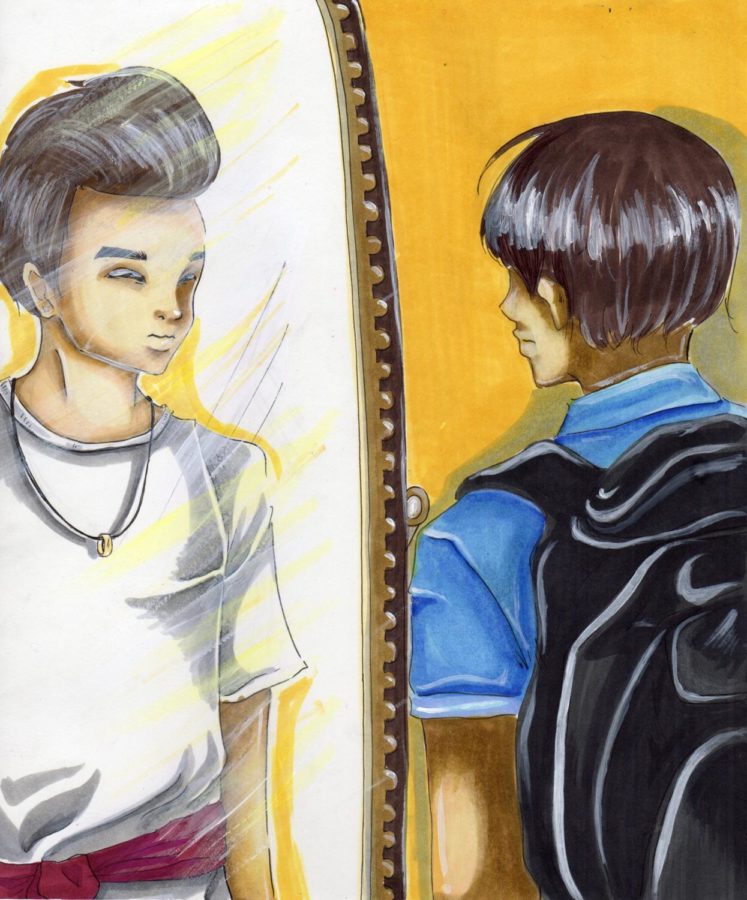The Other Asians
Not all of us are Chinese
March 1, 2018
Throughout my life, there is a game I have played whenever I meet new people, and it ends the same way every time.
“Hey, what’s your nationality? Wait, I bet I can guess,” someone would say. “Are you Chinese? Japanese? Korean?”
I would answer no to all of these, and at this point, they would give up and ask, “Well then, what country?”
“Indonesia.” I’d reply. The response is almost always, “Where’s that?”
Much to my annoyance, since the first grade and even until high school, most people’s knowledge of Asian countries are limited to East Asia.
The western viewpoint of Asians is simple; they can all be easily categorized into a single group of people. Growing up as an Asian-American, I noticed the definition of “Asian” implied many things that did not apply to me.
The way Asians are defined by Western society is not at all representative of the diversity there really is within Asia.
In Western culture, there is a strong tendency to describe the entirety of Asia with East Asian characteristics.
Some of the untrue assumptions about Asians is that they have small eyes and use chopsticks, but this is only applicable to the eastern region of Asia.
A large number of Asians do not know how to use chopsticks, and eye sizes vary all across Asia, smaller eyes are just more common in the East.
Characteristics like these are very region specific, but people don’t realize this because of the eastern-influenced depiction of Asians in the Western world.
The other major regions of Asia include countries where their inhabitants are not commonly referred to as Asian such as Russia, Iraq, India, Syria, Saudi Arabia, and countless others.
Mecca and Tokyo are about 5883 miles apart, but the entire length of this distance is part of Asia.
It’s as if only certain parts of Asia can be referred to as Asian, but it is still an extremely biased and warped definition of it.
This is because Westerners tie the label of “Asian” with a certain image and traits that these countries do not identify with, so their labels become much more specific to their own countries or regions such as Indian, Russian, or Arabian.
Even though they are geographically located in Asia, they would not call themselves Asian.
It’s similar to the way Americans differentiate between regions of the US. Americans can all agree that the cultures of the south and southwestern parts of the US differ greatly from that of the Northeastern US.
With East Asian culture becoming increasingly more popular in the West in terms of music and media, it is important to recognize that being Asian means that you are a native of Asia.
It does not imply certain cultural traits because Asia is overflowing with different cultures.
The borders of Asia are simply a social construct, so the people residing within it cannot be called the same.


















